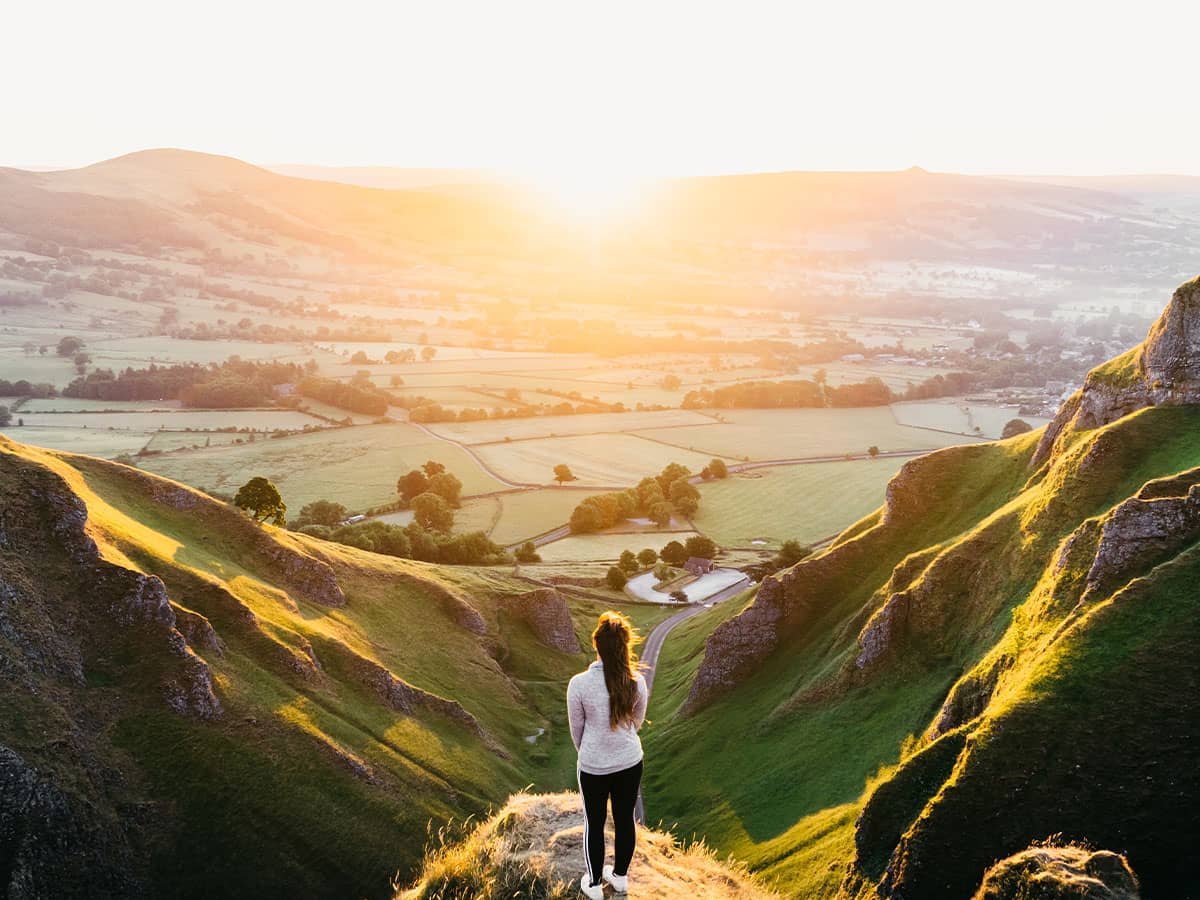
The Native Americans suffered a great deal at the hands of the United States and the settlers. Their lands were stolen, they were misrepresented and blood was shed. With a history riffled with conflict, again, the Native Americans had another fight on their hands with the Dakota Access pipeline as it was expected to run from the Bakken oil fields in western North Dakota to southern Illinois and it threatened the Standing Rock Sioux Reservation. The Great Sioux Reservation was established after the signing of the Treaty of Fort Laramie of in 1868 and it is their land that the pipeline would run through. Since the pipeline would cross beneath the Mississippi River and the Missouri River, leaders of the tribe were concerned that it would pollute the water supply and threaten ancient burial grounds. Protests ensued and the Obama Administration blocked an easement (right to use someone's land for a particular goal) for the pipeline's final segment. The Native Americans, for now, have won the fight to preserve their land. Yet, a battle like this is nothing new to the Indians and to the first Americans. Struggling has been a common theme. But through all the pain--the Native Americans made consider contributions. They are not only heroes for going against the Dakota Access pipeline but they are heroes for their remarkable tenacity, survival, inventions and being true to themselves. Here are 8 things you didn't know about the Native American..
They were fearless warriors.
If you want to find a group of people who were fighters, then the Apache Tribe need to be highlighted. The Apache Tribe lived in New Mexico, Arizona, Texas and in Colorado. They really proved their dominance during the 1700s when they opposed the Spanish in Texas despite being outnumbered. After a long battle, the Spanish agreed to stop and the Apache chief buried his hatchet. This is where the term "bury the hatchet" originated from. The Apache's remained fearless years later as well. At the helm of the Apache Tribe in 1886 was Geronimo, who became a courageous leader and became a thorn in the side of the U.S. forces. He was besieged by 5,000 U.S. troops and was the last one resisting them with only 50 men to ward them off. Geronimo and his men abdicated, but his vitality and his guts made him a legend. He became so noted that he had an autobiography written about his life and he traveled the U.S. as a celebrity.
They were forced to leave their homes.
Before Geronimo's battle with the troops in 1886, there was a horrific event from 1838-1839 that forced the Indians from their land west of the Mississippi River. It was part of President Andrew Jackson's Indian removal policy that forced thousands of Indians to migrate to Oklahoma. The people expelled from their lands were part of the Chickasaw tribe, Cherokee tribe and the Choctaw tribe. It was called the "Trail of Tears" because of the sorrows and the deaths sustained during the long winter march that killed thousands of people. There were an estimated 20,000 people including children who were driven from their homes. The U.S. was not the only country working to get the Native Americans to assimilate. Canada also used aggressive military action to force the Indians to assimilate to their culture.
They fought during World War I.
They were spiritual.
Native Americans are and were known to be a spiritual people and they have many rituals. Nature was important to them, especially. The symbolism would be found in animals, plants and in the sky. For example, the hawk represented the wind, the rain and the thunder. Hummingbirds symbolized mating and the cycles of life. Owls represented a visit from beyond the grave. The sun was a supreme god to be worshiped and the rain god was also important for their crops.
They created medicine.
The Native Americans used lobelia, a flowering plant, to help cure colds and fevers. It was also used to clear the lungs and congestion. Goldenseal, echinacea, passion flower, ginseng and cayenne pepper were also used to alleviate symptoms of a cold. They made teas from plants, the bark of trees and berries which could be consumed or used as a topical ointment. Many of the settlers learned how to use herbs for their health from the Native Americans. It paved the way for contemporary medicine.
They created the first baby bottle.
Mothers would use dried bear intestines with a bird quill attached to it to form a nipple. The bottle would then be filled with crushed meat, berries and nuts after it was boiled down into a liquid. Formulas were also made of corn and water mixtures. The Indians are credited for their ingenuity for the baby bottle as well.They created the first oral contraception.
There are records of American Indians taking birth control in the 1700s. The Hopi people used the Indian paintbrush plant to prevent pregnancy. The Navajo used the root of the Western Stoneseed plant and drank it as a tea for birth control. This was 200 years before Western medicine invented the birth control pill.
They invented lacrosse.
The Iroquois and Huron invented the sport of lacrosse. Tribes who lived along the St. Lawrence River in New York used it for recreation. It spread to the Cherokee people and they used the game for military training and recreation. Their version of the game was called "baggataway." Rules of the game diversified within distinct tribes.
The Native Americans have been fighting for centuries to protect their way of life. This is evident in their battle against the Dakota Access pipeline. One can't be dismissive of their spirit to endure adversity or their contributions that they made. "We are poor... but we are free. No white man controls our footsteps. If we must die...we die defending our rights," Sitting Bull said. Today, the Natives still strive for freedom in one way or another.
